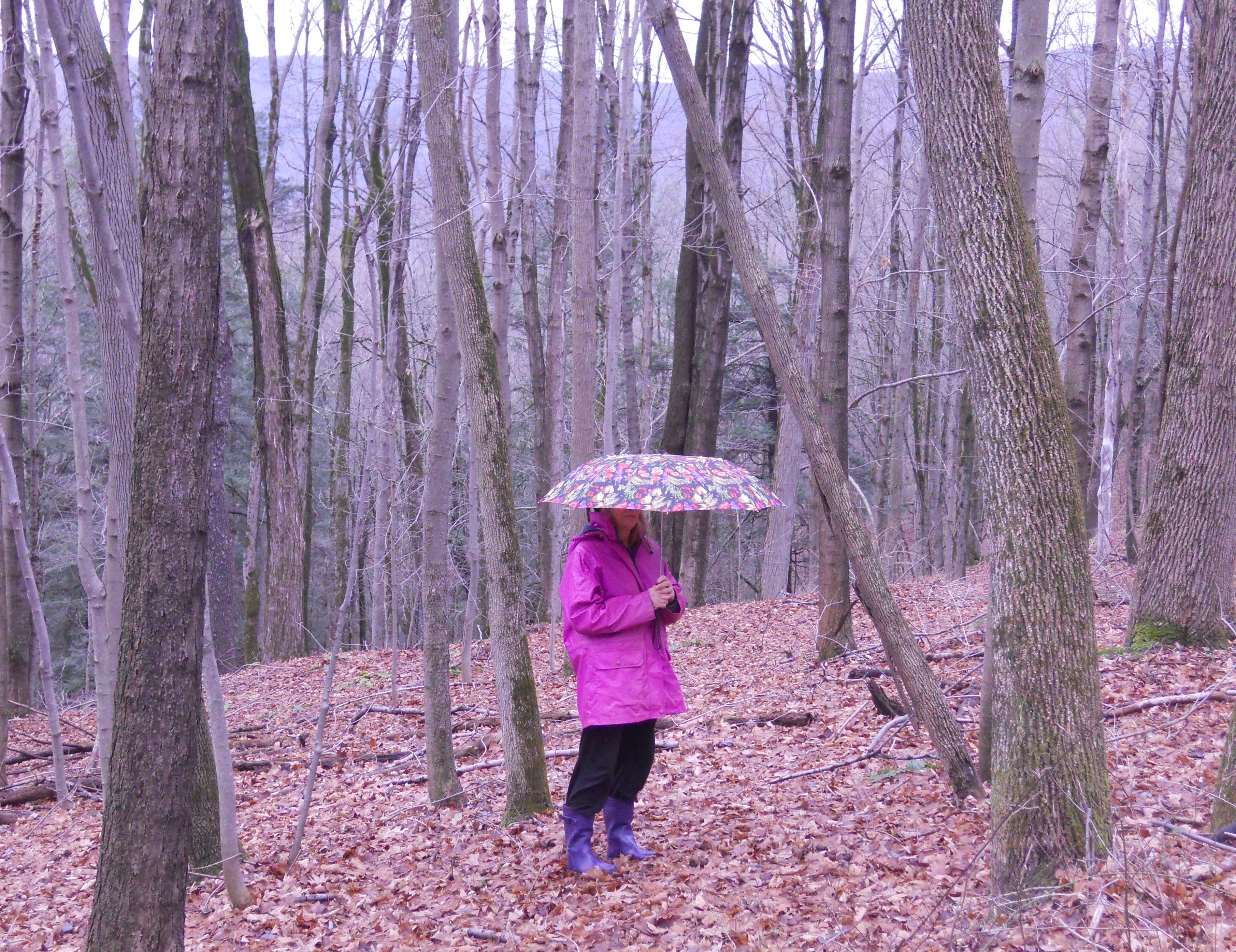COVID has been devastating to our communities and culture, terrifying to so many of us. But it had one positive result for me, and others. Our relationship with other species in our neighborhoods was enriched. As we became more distanced from other people, birds, turkeys, fox, peepers, possum, deer, bear, rabbits, eagles, owls⎼ all our non-human neighbors, depending on where we lived, jumped more frequently to the center of our attention, and became, sort of, friends.
Of course, the bear that crushed our bird feeder one early morning and knocked on our front door was a little scary and we had to chase it away. And one night at about 3:00 am one of our cats stood up on our bed, hissed loudly, and woke us up to a raccoon coming in the cat door. The raccoon got stuck and I had to push him out with an oak cane.
In the spring morning, the gold and purple finches, cardinals, and red winged black birds added color and songs to the air, and later, the peepers such comfort. And taking walks with such companions as oak trees leaning against each other to speak, and ravens coughing as they flew overhead added wonders to my day.
But hearing about the climate emergency and the extinction crisis we face⎼ I felt so bereft. I felt such grief over the increasing instability of nature itself, weather disasters, and the loss of species ⎼ for example, frogs, peepers, and salamanders, about one-third of amphibians ⎼ 12% of bird species, all threatened with extinction, as well as ash trees which used to fill the forests near my home. We must all take this emergency very seriously.
These species are not just companions. They are intimate mirrors of our lives and mental state that we can see them everywhere. The deep red of the Japanese maple in the garden, which is more of a bush than a tree⎼ what amazing feeling is right there. A crow flies overhead and its harsh call echoes in our body.
We often think of ourselves as located behind these two eyes, a mind isolated in this shell of a body, a shell within a shell within a shell. And only within this shell can we locate what is most intimately ourselves. Or we think of the red color and harsh call as coming from “outside” us.
Yet, is not that Japanese maple and the crow also, in some way, intimately ourselves?
Don’t we carry those colors and sounds in us? We don’t just hear and see and feel them. We give them life. The red of the cardinal is how our mind gifts color to the electromagnetic or light waves bouncing off the bird’s breast. Color is the way we perceive a wavelength of light to which our eyes are sensitive.
The harshness of the crow’s voice is how our mind translates the sound wave frequencies emitted by the bird. That red, that song is intimately us. No us, no song, just wavelengths.
Because conscious perception is awareness aware of itself, it simultaneously looks within as it looks out. It is a deeply felt mystery that we live. When we stop playing the shell game, the world is most intimately ourselves.
*To read the whole article, please go to the Good Men Project.


